Wild yeast in the kitchen
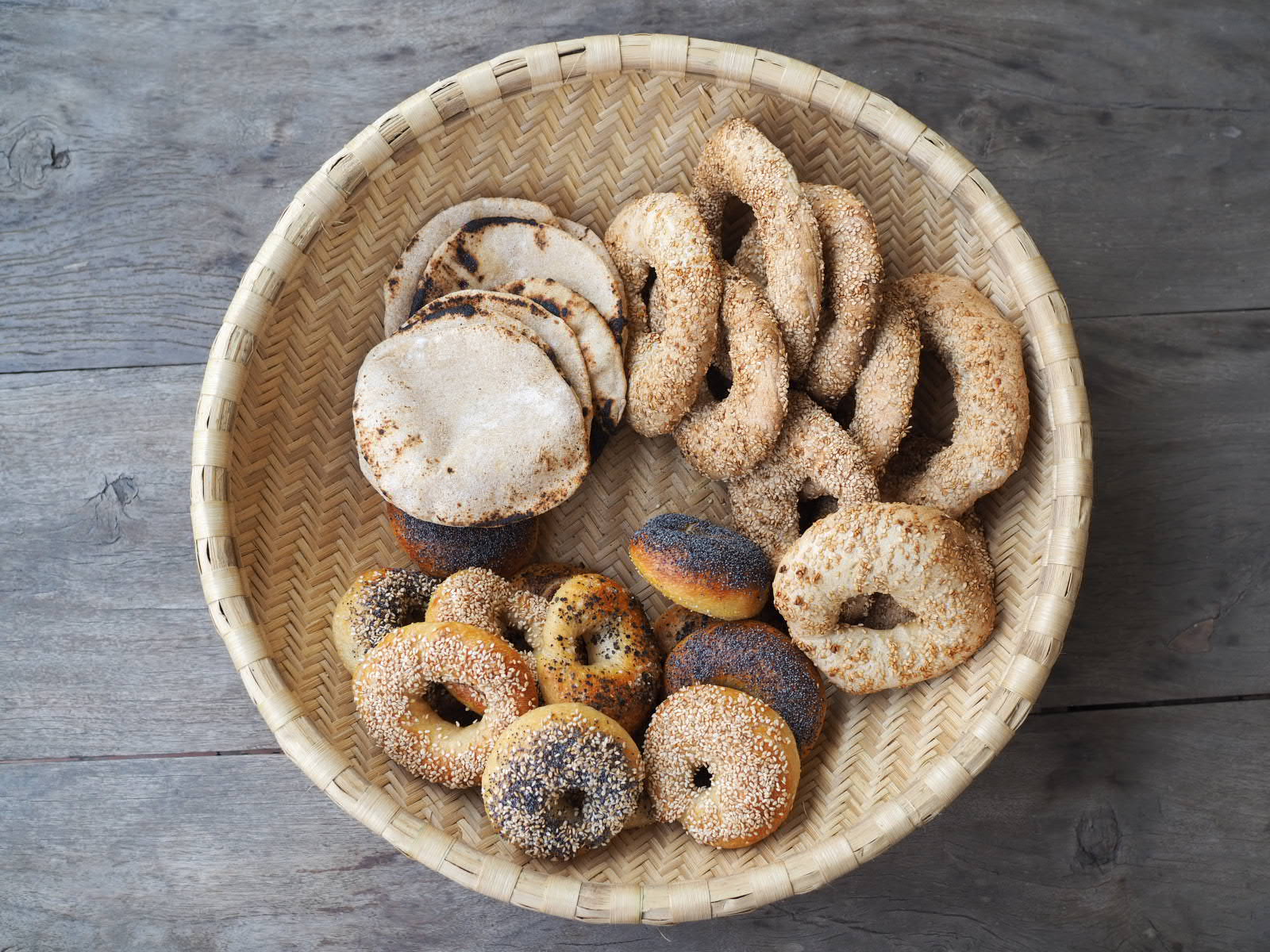
Wild yeast has become wildly popular during the pandemic. For years I’ve been following Anita Tikoo’s Instagram account a_madteaparty chronicling her sourdough journey using lively wild yeast starter and local flours and other culinary experiments. A practicing landscape architect, she grows seasonal produce on her terrace garden that fuel the ferments in her kitchen. Tikoo conducts food workshops (presently online) where like-minded people join her in the kitchen on weekends. You can read her blog A Mad Tea Party. She writes about how slow living became the leisure of her life.
“A slow sort of country!” said the Queen. “Now, here, you see, it takes all the running you can do, to keep in the same place. If you want to get somewhere else, you must run at least twice as fast as that!”
Alice in Wonderland
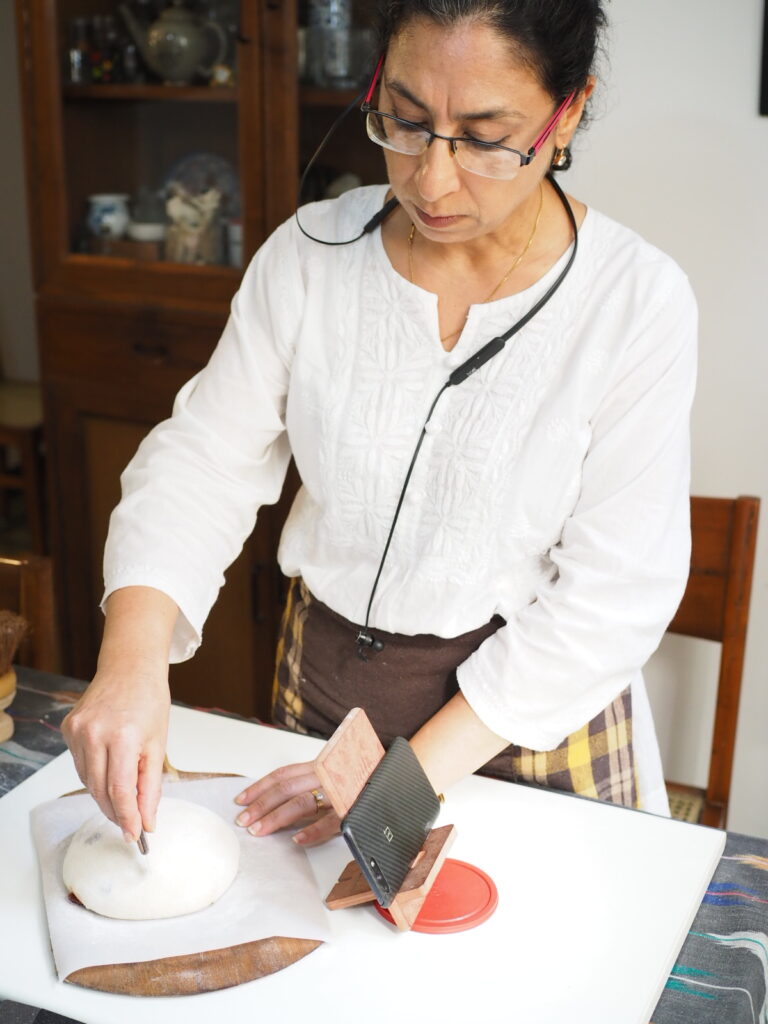
“From our early years we train ourselves to pack our waking hours with activity-right from school and play to office and home. Today, even leisure has become an item on our to-do list.
So, we run, we run ourselves into the ground. I am no different. I’m forever setting myself goals I cannot achieve and adding more tasks to the long to-do list. I have to constantly remind myself to refocus for a moment and enjoy that half-full glass in front of me.
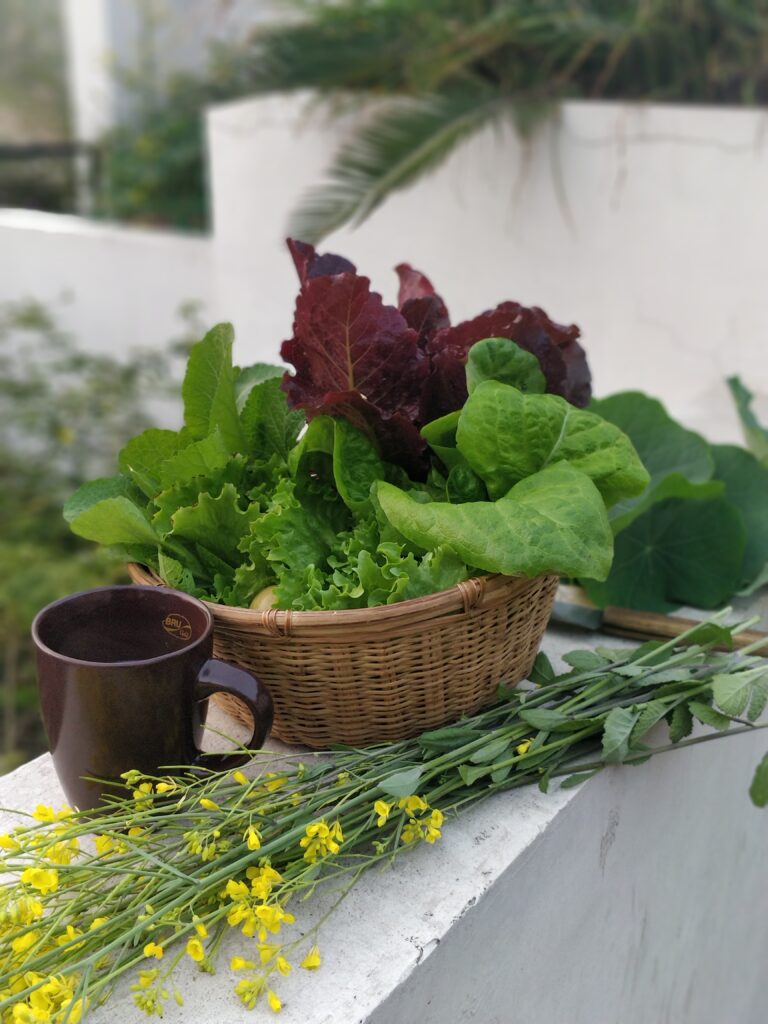
Unhurried mornings
My middle-class upbringing put a lot of emphasis on education, but it was reasonably free of stress. I was privileged to be able to follow my interests. An insulated campus life provided a slower pace than usual. It shaped me in small little ways.
I do not recall rushed mornings, which are an inseparable aspect of urban life today. On most days my father would walk to work and return home for lunch. He rarely had reason to miss his afternoon power nap. His mornings began with an hour spent in his kitchen garden and his days ended much the same way. I and my sisters walked to the campus school and come home to eat during the lunch recess.
In our backyard there was a wild mango tree planted by the previous occupants. While the fruit was not much to write home about the smell of the ripening mangoes would make you believe otherwise. Every summer on cue a peahen would arrive and nurture her brood on the tree.
Till recently, as an adjunct professor, I taught the principles of Environmental Planning to graduate students. The more I studied the more guilty I felt about what we were doing to our world. I am no crusader, more an armchair activist.
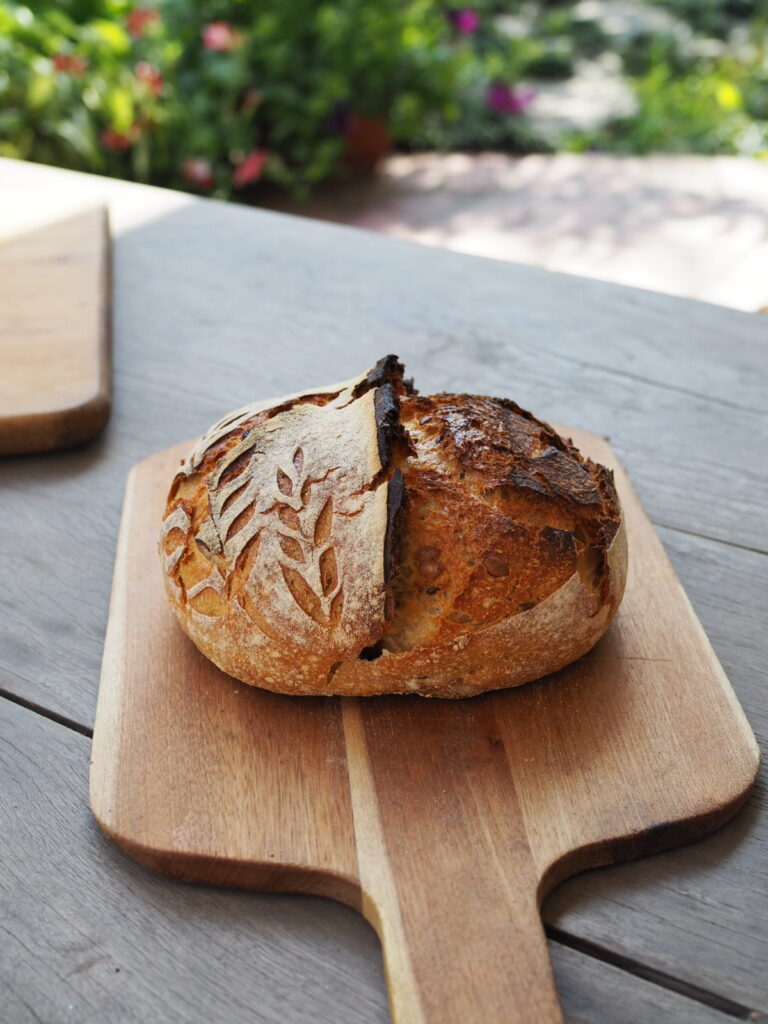
The kitchen rot
What change could I bring?
I made a small beginning; I decided to start composting my kitchen waste. That turned out to be pivotal.
The thing about going down this path is that once you take that first step, there is no way but forward. You take the next step, and the next. It happens incrementally, in tiny little steps, and before you know it you are in deep. You stumble on, far from perfect.
Composting lead to the start of an organic kitchen garden on the roof-top. The garden brought a constant supply of produce way more than what could be consumed by us or shared with neighbours. I started to preserve food at home at a whole different scale – pickles and sauces, jams and preserves, and natural vinegars. The preserves were, in turn, shared with friends some of whom, only half-serious, opined I ought to hold workshops. And so, without a business plan, I announced the first workshop to my minuscule followers on Instagram.
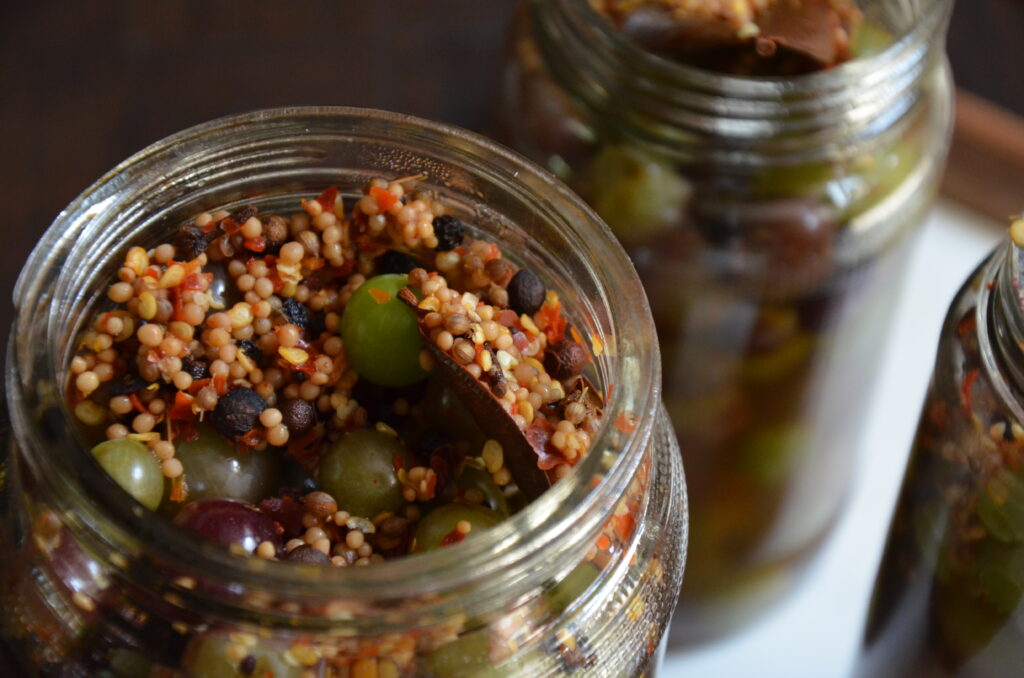
A bready beginning
It was only a matter of time that slow bread would find me again. I first experimented with a sourdough starter in 2010. I don’t remember how I stumbled upon it. It might well have had to do with having a ready supply of reliable yeast without having to spend a paisa. This first stint was short-lived lasting only a year.
In 2016, it was time to go back to sourdough.
There are scores of ways to bake a sour loaf. But it is always a labour of love and patience. Over the past four years it has become one of my favourite things to do in the kitchen. It is also one of the things I miss most whenever I am away from home.
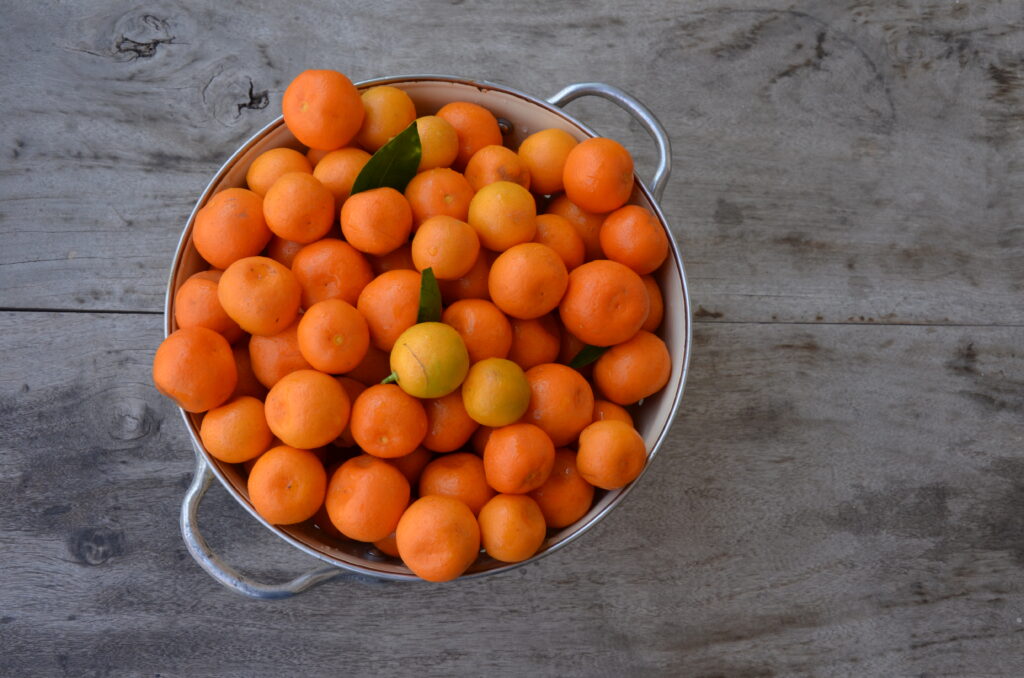
A labour of dough
I don’t bake every day. My sourdough starter spends most of the week in the fridge. Because of this baking a loaf becomes a three-day process that starts with bringing the starter out of the fridge and feeding it through the course of a day. The dough is mixed by hand on day two, and the loaf is baked on day three. You need to wait a couple of hours for the baked loaf to cool before it can be sliced and consumed.
Yes, lots of time and then some.
All this is not active time. There’s a lot of idle time between the many steps.
This stretched time between steps forces you to slow down and makes the process seem meditative.
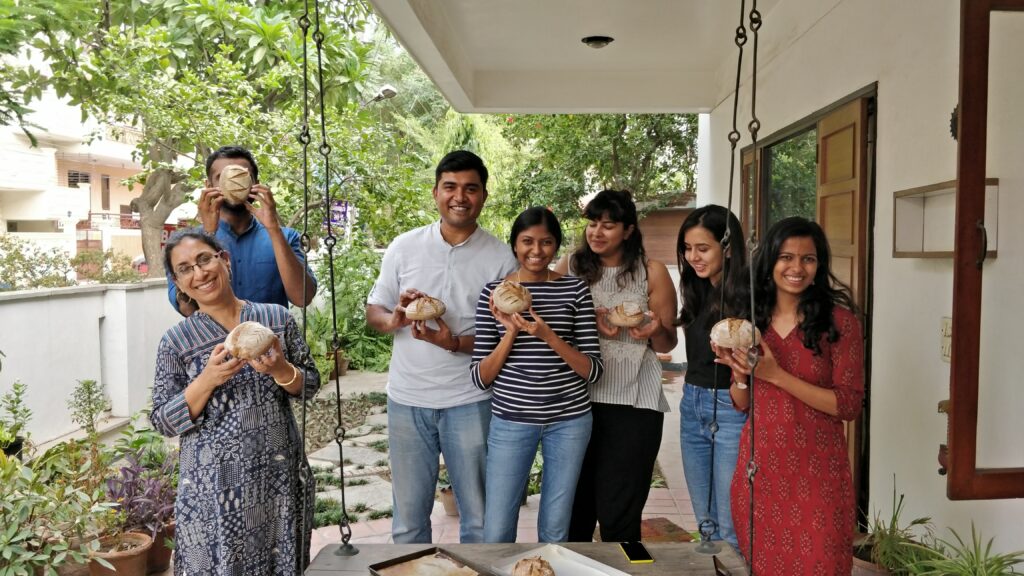
Back to the basics
This slow fermentation relies on the activity of yeast and bacteria that predigest gluten and improve the bioavailability of nutrients. This results in a flavourful, more nutritious bread with easy digestibility.
Unlike with refined carbohydrates, consuming sourdough bread maintains stable blood sugar levels making it suitable even for diabetics. All these are good reasons to learn to make this bread at home.
The ingredients couldn’t be more basic -you need just flour, water, and salt. Yet, getting that perfect loaf of sourdough is more than simply following a recipe. Optimising the sourness and texture is complex.
It takes a lot of experience and mindfulness every time you bake. Most of us stay students forever, but maybe that’s what appeals. There is always something still left to learn, to discover, and to master.
Come, join me for the next round.





